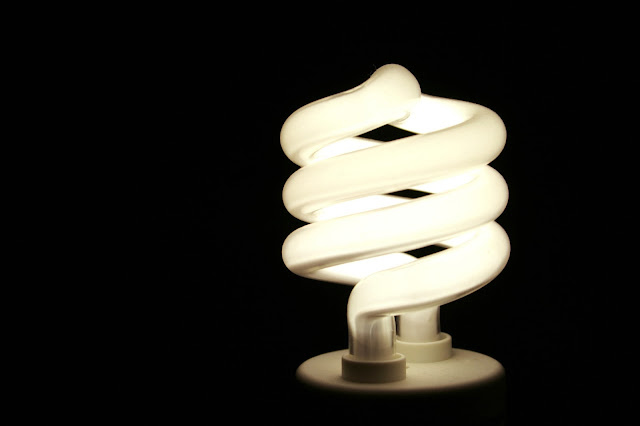What is Normal Eyesight?
In 1862 Dutch ophthalmologist Herman Snellen developed a standard so people had a way of measuring eyesight but his 20/20 system is actually a very inaccurate measure of a personal ability to see.
Dr Snellen had an assistant who was also a hunter so this man was considered to have good eyesight. One of the experiments involved using lead type, used in those days for printing, and the letter “E“ at 8.7 mm high was chosen. The assistant could see this letter from 20 feet, so this became the 20/20 standard. Snellen designed his own lead type to show the smallest detail he thought a person would be able to see.
At that time, it was considered that the smallest detail a person could see was equivalent to 5° of an arch or 1/360th of a circle. So Snellen developed an eye chart with each part of each letter based on the equivalent of 1° of an arch. For example, all the black bars in the E and the white space in between were 1° of an arch. In order to determine visual acuity, Snellen graded the chart so each line on the chart lessened the ability to see by 5%. On some charts this percentage notation is shown.
What do the numbers mean?
The original Snellen equation = Testing distance over Smallest line read
Because accurate testing of visual acuity is 20 feet or 6 metres the reference number is either 20 for the English or 6 for the metric system. The second number indicates the distance from which a person with normal vision can see the letters. For example, 20/40 tells us that a person with normal vision can see these letters from 40 feet or twice as far. In the metric notation the numbers are simply converted to 6/12, meaning a person can see these letters from 12 metres away. This also happens to be the legal limit for driving.
So if you can see a letter 8.7 mm high from 6 metres then you have normal vision. If you can see 4.4 mm letters at the same distance then your vision is twice as good as normal. However, there are people who can see these letters from 24 metres. For example, people living in tribal societies often have exceptional eyesight because their lifestyle requires them to look in the distance while hunting or raising cattle. The Masai tribesmen in Kenya can see what someone is doing 1.5 kilometres away and can probably also recognise the person doing it. Having plenty of practice looking for stray cattle enables them to develop their distance vision to its full potential. On the other hand they don't read a lot.
So, in fact, what is normal eyesight?
Some studies have been done to determine what normal eyesight actually is. Interestingly, some of these were done in 1862 and some more recently and when we compare them we find that the graph is almost identical. However, there are some surprises because we have been conditioned to believe that our eyesight will fail at some point.
Gray line represent 20/20 or 1.00. Line on top shows age in years.
We see that normal eyesight is about 20/14 at age 20 and this slowly deteriorates to 20/19 by about age 75. Old eyes only begin in your late 50s but do not get to the point where you need reading glasses until you reach the 80s.
The passing of more than a hundred years has not caused much change in normal eyesight. What is happening is that we are overusing our visual system by looking at computers all the time or reading extensively. This type of activity leads to what is known as “accommodative stress”, or to use a simpler term, eye-strain. Research shows that eye-strain takes several hours to release this stress. If the stress is kept up because you are studying, the tension is never fully released and you are on your way to your first glasses.
Since there is a widespread belief that nothing can be done about failing eyesight, glasses or contact lenses seem the only solution. The other option is Vision Training which, especially when started early on, is the natural way of restoring your vision to normal. If you feel you are getting out of shape, you start running or going to the gym to restore your fitness. You can do the same with eye sight through Vision Training.
Start Vision Training early – it’s easy to do and it’s effective.
Leo Angart






Good
ReplyDelete